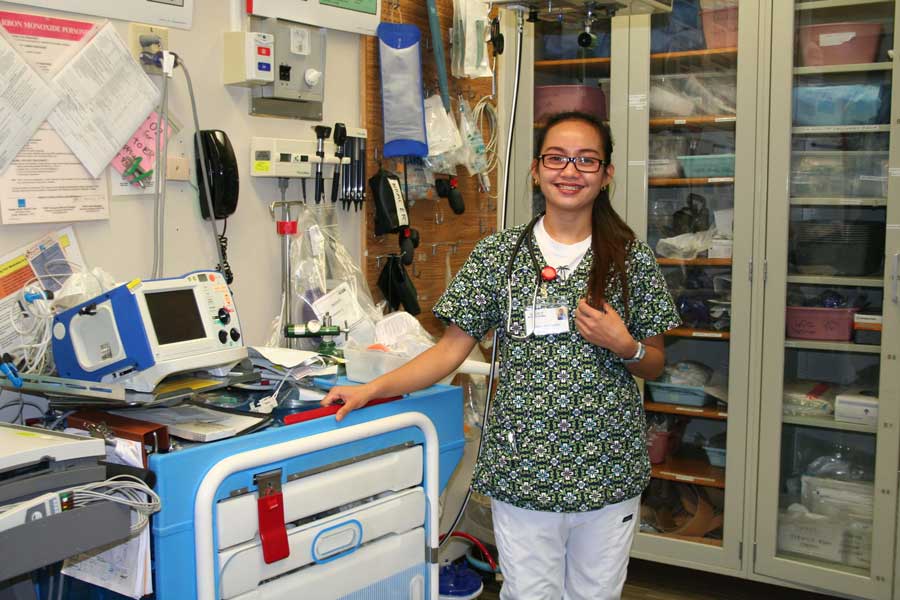Issues: Immigrant Communities

BACKGROUND
U.S. immigrants, both those who retain an official immigration status and those who are undocumented, face challenges to economic mobility that U.S.-born residents often do not. These may include cultural barriers, language fluency, and prejudices against immigrants that affect their economic status, as well as policy changes that can create financial instability.
Undocumented people in particular face a more difficult time finding jobs, housing, education, and healthcare, as well as threats of deportation and incarceration from government agencies. Regardless of status, immigrants face the same race- and gender-based economic disparities that the U.S.-born population does.
WHAT ARE THE RESPONSES?
Although immigration reform is a contentious political issue, many cities have created “welcoming” initiatives that help immigrants find jobs, healthcare, housing, and overcome language and cultural barriers. Some cities have implemented strategies to protect people living in the country illegally. which could make them vulnerable to predatory employers or lenders. Communities like Santa Fe, New Mexico have put limits on when local police and city officials can ask about immigration status.
In many American towns and cities, depopulation has led to work opportunities and incentive programs that lure immigrant talent. For instance, in some rural states, school districts and employers are recruiting overseas for workers to fill some jobs. Access to loans is an important part of economic mobility for immigrant families and aspiring entrepreneurs. Another potential response that could be utilized by refugee and immigrant communities is worker co-ops. Next City looked at examples of co-ops in Philadelphia.
WHAT TO LOOK FOR:
The economic experiences of immigrants once in the U.S. can vary greatly depending on their country of origin, gender, race, and language fluency. Reporters should consider this intersectionality whenever investigating responses to the wealth gap immigrants face. When approaching solutions, we should ask: will this have the same impact on different groups or communities? Does the agent behind the response approach their understanding of the problem from an intersectional perspective?